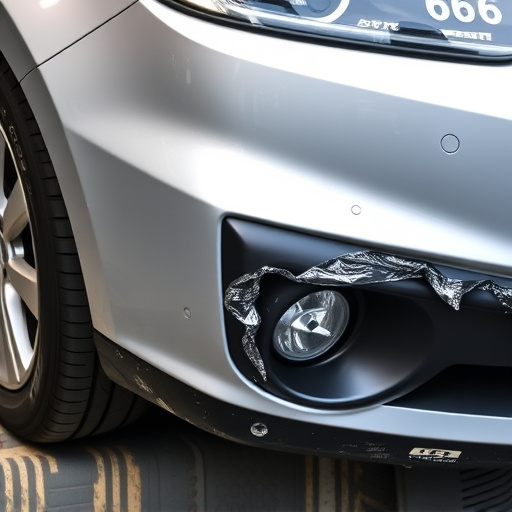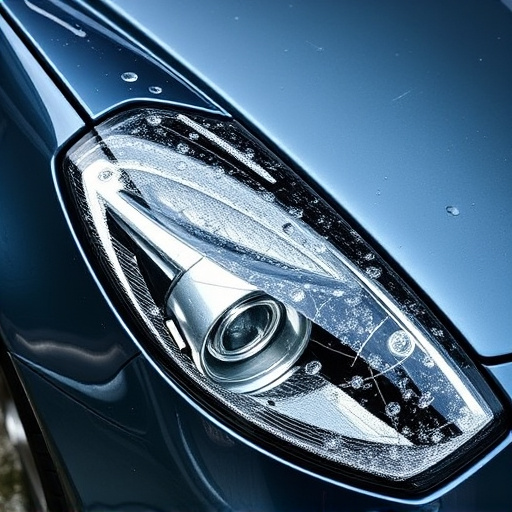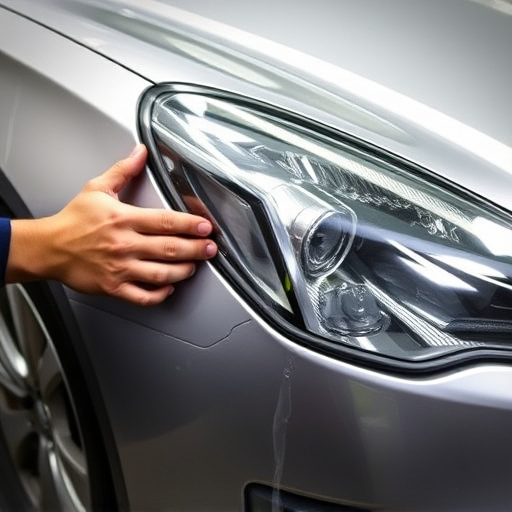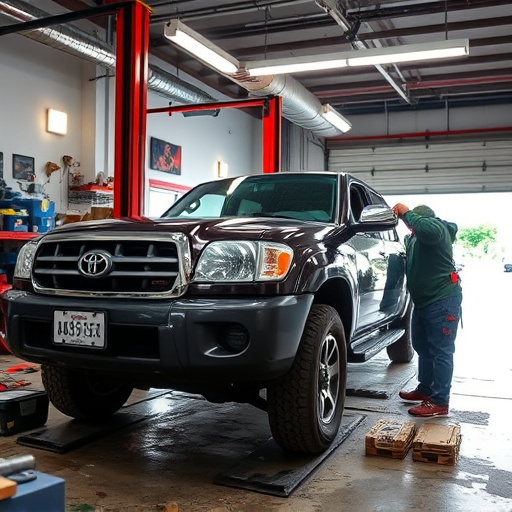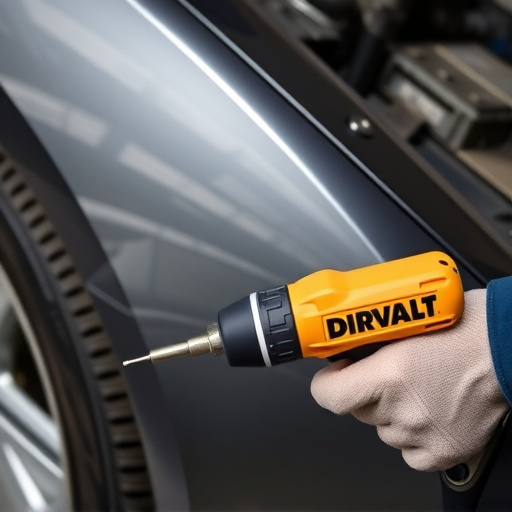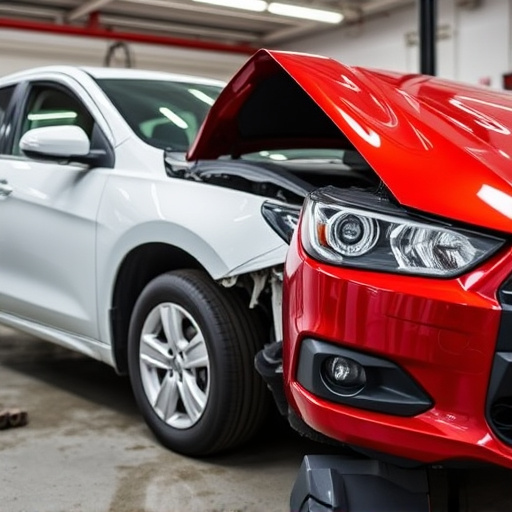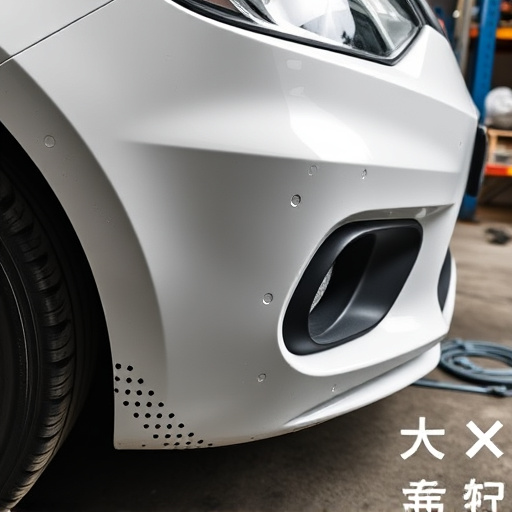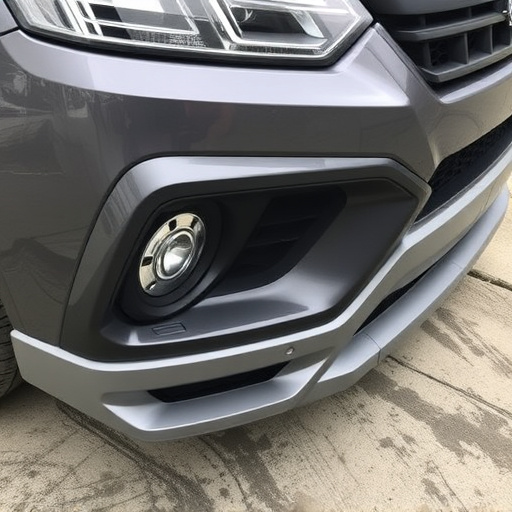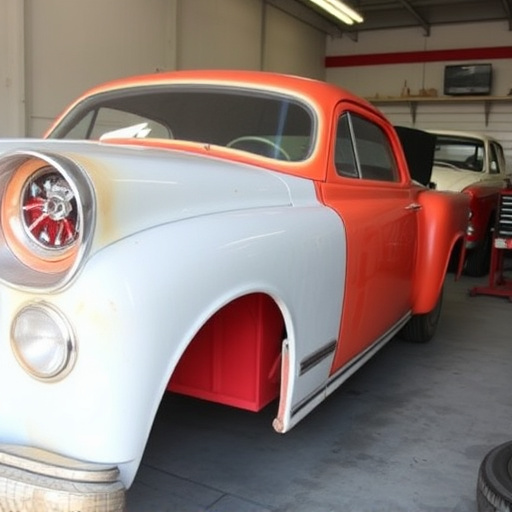Adopting sustainable practices in vehicle collision and dent repair sectors prioritizes environmental health while maintaining superior repair craftsmanship quality. Using eco-friendly materials like recycled or biodegradable car paint reduces waste and pollution, enhancing work's longevity. Optimizing workspaces improves productivity, worker health, and efficiency, minimizing emissions and contributing to a cleaner environment. These green approaches bolster the reputation of vehicle restoration businesses and preserve local ecosystems for future generations.
In today’s eco-conscious world, environmental considerations are no longer a secondary concern but a core aspect of maintaining repair craftsmanship quality. This article explores how understanding and mitigating environmental factors can enhance sustainable practices in repairs. We delve into strategies such as selecting eco-friendly materials and tools, optimizing workspaces for efficiency, and ensuring long-lasting, high-quality repairs that minimize waste. By integrating these practices, we contribute to a greener future while preserving exceptional craft.
- Understanding Environmental Impact on Repairs
- Sustainable Materials and Tools for Craftsmanship
- Optimizing Workspaces for Quality and Efficiency
Understanding Environmental Impact on Repairs
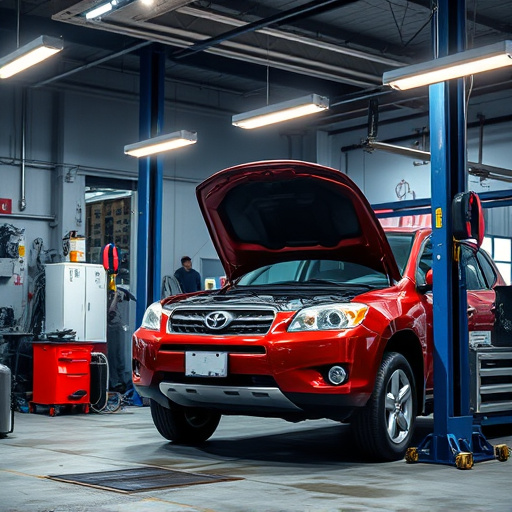
In the realm of repair craftsmanship, especially within sectors like vehicle collision repair and vehicle dent repair, understanding the environmental impact is paramount to maintaining quality standards. The materials and processes involved in these repairs can have significant ecological consequences if not managed responsibly. For instance, the use of certain toxic chemicals in paint and adhesives can lead to air pollution and harm both the environment and the health of repair technicians.
Moreover, waste management plays a crucial role. In vehicle repair, this includes efficiently disposing of used parts, solvents, and other hazardous materials to prevent soil and water contamination. Adopting eco-friendly practices, such as recycling metal scraps and using biodegradable cleaning agents, not only reduces the carbon footprint but also contributes to a more sustainable future. These considerations are vital for ensuring that repair craftsmanship quality remains high while minimizing the environmental impact of these essential services.
Sustainable Materials and Tools for Craftsmanship

In an era where environmental consciousness is paramount, adopting sustainable practices in the realm of repair craftsmanship not only benefits local ecosystems but also ensures the longevity and quality of work. Opting for eco-friendly materials and tools is a significant step towards enhancing repair craftsmanship quality. For instance, using recycled or biodegradable car paint services reduces waste and minimizes pollution, reflecting a commitment to sustainability without compromising on aesthetics or durability.
Similarly, choosing environmentally friendly alternatives in auto repair services and car bodywork services can substantially decrease the carbon footprint of operations. This shift not only contributes to a greener landscape but also fosters a reputation for responsible craftsmanship. As such, professionals in this field are increasingly turning to innovative products that offer superior performance while being kinder to the planet, thereby elevating the overall standard of repair craftsmanship quality.
Optimizing Workspaces for Quality and Efficiency
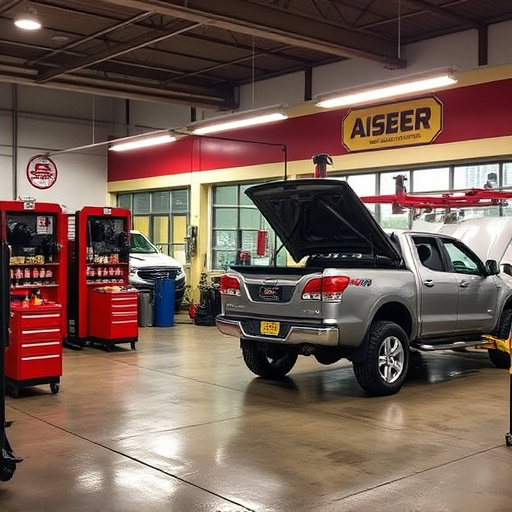
In the pursuit of maintaining top-tier repair craftsmanship quality, optimizing workspaces is a strategic step that cannot be overlooked. Well-designed work areas not only enhance productivity but also play a pivotal role in ensuring precise and efficient repairs. For instance, organizing tools and materials in easily accessible zones allows technicians to quickly locate components, reducing time wasted during the restoration process. This efficiency translates into better job satisfaction for workers and higher-quality outcomes for collision repair services and car paint services.
A thoughtfully arranged workspace also promotes environmental sustainability, a key consideration in modern vehicle restoration practices. By minimizing movement and maximizing storage optimization, workshops can reduce energy consumption associated with frequent task shifts. Additionally, proper ventilation systems help control paint fumes and other hazardous emissions from various repair processes, thereby safeguarding both workers’ health and the surrounding ecosystem. These eco-friendly practices not only contribute to a healthier workplace but also enhance the overall reputation of vehicle restoration businesses.
By understanding the environmental impact of their practices, adopting sustainable materials and tools, and optimizing workspaces, repair professionals can elevate their craftsmanship quality while mitigating ecological effects. Integrating these principles ensures a harmonious balance between skilled work and environmental stewardship, ultimately benefiting both the preserved items and the planet.
